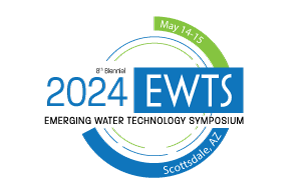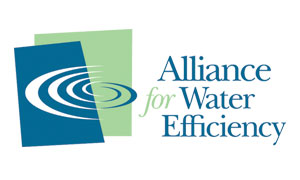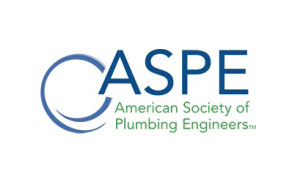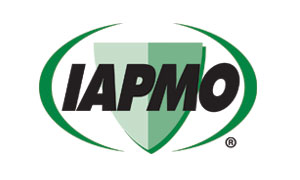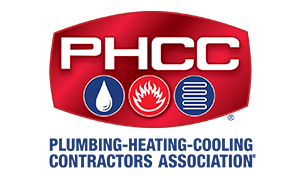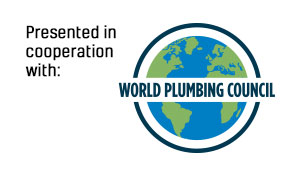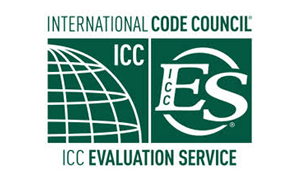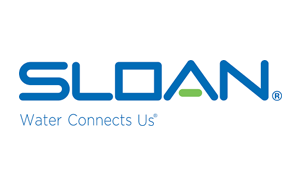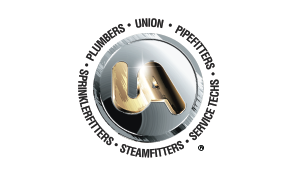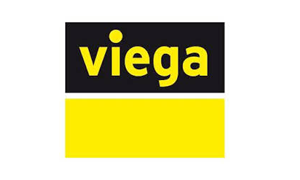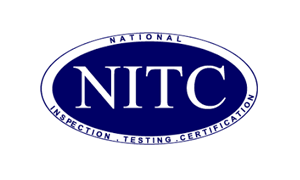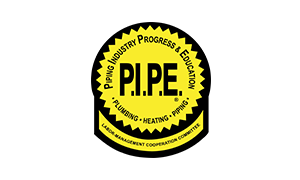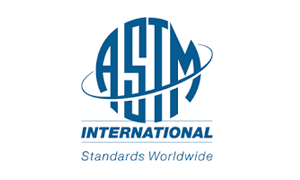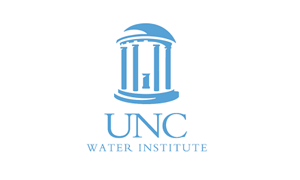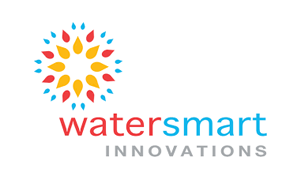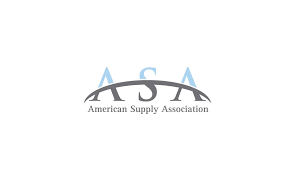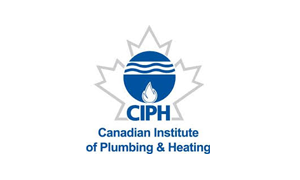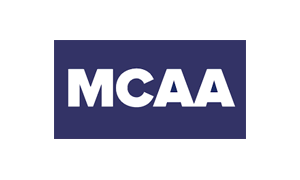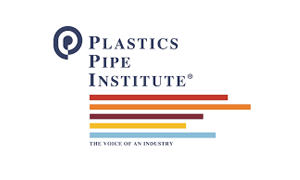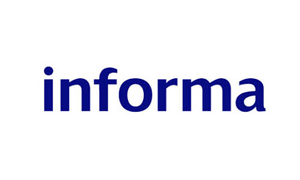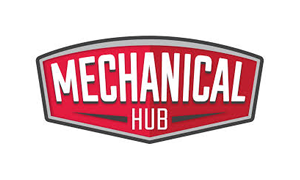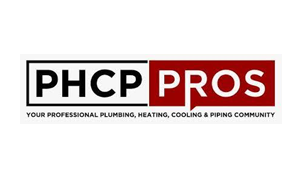6th Emerging Water Technology Symposium
ONTARIO, CA
May 15-16, 2018
The American Society of Plumbing Engineers (ASPE), the Alliance for Water Efficiency (AWE), the International Association of Plumbing and Mechanical Officials (IAPMO), and Plumbing Manufacturers International (PMI), in cooperation with the World Plumbing Council (WPC), convened the sixth biennial Emerging Water Technology Symposium (EWTS) on May 15-16, 2018.
This biennial event continued to provide critical insight into the future of our water related industries. Nowhere else is such focused attention provided for professionals on all facets of optimizing the safe and efficient use of water.
In fact, the sixth EWTS had more of an international flair than ever and the WPC co-located its 2018 Executive Board and General Membership meetings with the EWTS! This will be the best symposium yet.
Moderators:
John McNally, John Mesenbrink, Sharon Rehana and Steven Spaulding
Keynote Speaker:
Dr. Peter Williams, Independent Consultant and Advisor – Formerly Smart Cities and Resilience Lead for IBM’s Utilities Practice
Information Technology Trends and the Water Industry
Dr. Peter Williams who has played a major role in the development and delivery of IBM’s smart cities, water management and resilience solutions. He has worked with organizations as diverse as the UN and EU; many city, state and local governments; and many utilities on these issues. He co-wrote the UN’s City Disaster Resilience Scorecard, used by about 40 cities globally, and now scheduled to be used by a further 200. His key note will focus on how IT solutions, smart sensors and big data are changing what we know about consumer water use.
Peter Mayer, Principal, Water DM
Water Demand Trends, Efficiency and the Future of Urban Water Use
Bill Hoffman, President, H.W. Hoffman and Associates: Institutional, Commercial and Industrial (ICI)
Water Use by the Numbers
Paula Kehoe, Director of Water Resources, San Francisco Public Utilities Commission
Advancing Non-Potable Water Systems
Paula Kehoe of San Francisco Public Utilities Commission updated attendees on their efforts to advance the use of non-potable water systems. The non-potable water program is an interagency collaboration with the Department of Public Health (SFDPH), Department of Building Inspection (SFDBI), and San Francisco Public Works. It has helped to establish a regulatory framework and water quality monitoring and reporting requirements for the collection and use of alternate water supplies such as rainwater, graywater, stormwater, foundation drainage, and blackwater for non-potable applications such as toilet flushing and irrigation.
Carmen Cejudo, PE, Project Manager and Lead Plumbing Engineer; PAE Engineers
Closing the Loop: Approaches to Net-Zero Water
David Crawford, President, American Rainwater Catchment System Association (ARCSA)
Rainwater Harvesting in the 21st Century
Steven Buchberger, PhD, PE, Professor and Head Department of Civil & Architectural Engineering & Construction Management, College of Engineering and Applied Science, University of Cincinnati
Estimating Peak Water Demands in Buildings with Efficient Fixtures – Progress and Prognosis
Professor Steven Buchberger from the University of Cincinnati discussed the first statistically based update to Hunter’s Curve sine the 1940’s. This new approach to pipe sizing, which takes today’s more efficient plumbing fixtures and appliances into account, will improve the water and energy efficiency of every building that is designed using the new method. It will also reduce water residency time in premise plumbing systems, which will help to improve water quality and mitigate breakouts from opportunistic pathogens in water, all without increasing construction costs! Learn how a simple Excel based calculator will allow designers of plumbing systems to easily apply this critically important new quickly and easily.
Gary Klein, Principal, Gary Klein and Associates
What You Don’t Know You Don’t Know About (Hot) Water
Jim Lutz, Principal, Hot Water Research
In Search of the Missing Shower Water
W.G. (Walter) van der Schee, Concept Developer, Wolter & Dros, Netherlands Technical Association for Building Installations (TVVL)
Thermostatic Balancing Valves in Hot Water Circulation Systems
The ISO Water Efficiency Standard – Reducing Water Use Through Water Efficiency Labelling
- Brett Lovett, Senior Stakeholder Engagement Manager, Standards Australia
Introduction to the ISO Water Efficiency Standard - Dr. Carol Grossman, Director, Water Efficiency Labelling and Standards, Australian Department of Agriculture and Water Resources
Reducing Water Use Through Water Efficiency Labelling – the Australian Experience - Yvonne Orgill, Chief Executive, Bathroom Manufacturers Association
Reducing Water Use Through Water Efficiency Labelling – the European Experience - Veronica Blette, US EPA WaterSense Program
Reducing Water Use Through Water Efficiency Labelling – the American Experience
Joseph A. Cotruvo, PhD, BCES, Principal, Joseph Cotruvo and Associates
A Review of the Legionella 2018 Management Conference Findings
Professor Dr. Thomas Kistemann, Institute for Hygiene & Public Health, Bonn University (Germany)
Drinking Water Quality – Pathogen Prevention by Controlling Conditions Inherent to the Plumbing System
Professor Juneseok Lee, San Jose State University
Development of Premise Plumbing Hydraulic-Water Quality Models
William F. McCoy, PhD., Chief Technology Officer, Co-Founder, Phigenics, LLC
Advances in Molecular Marker Negative Screening for Validation of Legionella Control in the Built Environment
Jocelyn Liu, Senior Staff Engineer Brown and Caldwell, On Behalf of California Urban Water Agencies
Adapting to Change – Declining Flows and Utility Systems
Dr. Markus Lenger, Principal, Cleanblu
Smart Cities and Water Re-use
Dr. Markus Lenger, Principal at Clean Blu, Inc. returned to the EWTS to discuss the role of water reuse in smart cities. We all agree that new infrastructure is needed, but what kind? Which existing systems can be reused or re-purposed and what sensors a realistic and power efficient way of collecting data needed? Dr. Lenger walked us through the trends, technologies, concepts and implementations around the world, their relationship to water reuse and how they change lives, improve efficiency and bring sustainability to a whole new level.
Mary Ann Dickinson, President and CEO, Alliance for Water Efficiency
Legal Landscapes – How State Laws Do (and Don’t)
Marty LaPorte, ManageWater, Inc.
Adoption and Selective Use of Intelligent Technologies: Challenges and Benefits for Significant Value, Increased Safety and Efficiency
David Jacot, Director of Efficiency Solutions, USM, P.E., Chief of Efficiency Solutions Engineering & DWP La Kretz Labs, and Amir Tabakh, Los Angeles Department of Water and Power (LADWP), Office of Sustainability
City of Los Angeles High Efficiency Plumbing Fixtures Ordinance No. 180822
Special EWTS Presentation – The Robo-Rebels of Suzanne Middle School, Walnut, California: Development of the Pressure Potty Water Saving Sensor
